In this issue of O&G Magazine, we take a look at a series of papier-mâché gestational models held in the College’s historical collection.
In the early 19th century, a French medical student named Louis Thomas Jerôme Auzoux was frustrated in his studies of anatomy. Cadavers deteriorated quickly, and wax models for study were not readily available, making study and learning difficult. It was clear, for the advancement of medical education, that there was a need for “a life-like model that presented anatomical details, could be used repeatedly by students, was easily accessible to users and was relatively affordable.”
After encountering a moveable wooden model at the Paris Academy of Medicine, Auzoux was alerted to the possibility of developing “a fully moveable anatomical body.” Wood, however, warped and “was difficult to paint realistically.” – something more durable, and more realistic, was needed. Inspired, Auzoux went to work, visiting “sculptors, painters and modellers for advice” and taking inspiration from everyday objects. In 1819, Auzoux encountered the work of Jean-Francois Ameline, a professor of anatomy who made papier- mâché models, and realised he finally had
his answer.1
- An Auzoux model with woollen placenta cord. Photo: Jess Bacon
- An internal view of one of Auzoux’s papier-mâché models. Photo: Jess Bacon
By 1822, Auzoux had completed his first model and presented it to the Paris Academy of Medicine, and by 1825 had established a workshop in France to manufacture his models2. Auzoux developed a special paste for his models which used “flour glue, finely shredded paper, chopped rags, oakum, calcium carbonate…and powdered cork”. This substance was “highly malleable when wet and hardened as it dried so that it retained whatever shape it had been given.” In addition, the organic nature of the material contributed to the realistic feel of the models.1
The models were designed to be dissected and taken apart, and Auzoux claimed that people could learn anatomy by using his models without needing an instructor3. The models had detailed labels, to assist with learning, as well as numbered labels to demonstrate the assembly order for the model. Auzoux’s models were a huge success, and by the 1860s his business had become “ostensibly an international empire.”1
The College is fortunate to hold a series of eight models produced by Auzoux’s factory. Donated to the College by Dr Nic Jools in 2003, these models show the life stages of a foetus as it develops, from implantation of the egg and sperm in the ovary to full term.
- The Auzoux models are amazingly intricate and well-designed. Photo: Jess Bacon
- An external view of one of Auzoux’s papier-mâché models. Photo: Jess Bacon
The body of each model is papier-mâché, with placentas made of felt wool, and brass hooks. Model parts are numbered and labelled for identification on all of the models, and to assist with learning. There is also a lid to the uterus on each model, allowing for an internal as well as external view.
Beautifully designed, and finely detailed, these models provide a window into medical education in the 19th century and are an elegant example of a sustainable innovation to medical practice.
All of Auzoux’s papier-mâché models were kindly donated by Dr Nic Jools in 2003. They are currently on display at Djeembana College Place in Naarm Melbourne. Members and trainees are invited to visit the College to view these fascinating insights into obstetrics history.
References
- Cocks M. Dr Louis Auzoux and his collection of papier-mâché flowers, fruits and seeds. Journal of the History of Collections. 2014;26(2):229-248. doi: 10.1093/jhc/fht036
- Ortug A, Yuzbasioglu N. Tracing the papier mâché anatomical models of Ottoman Turkish medicine and Louis Thomas Jerôme Auzoux. Surg Radiol Anat. 2019;41:1147-1154. doi: 10.1007/s00276-019-02267-y
- Maerker A. Dr Auzoux’s life and work. Explore Whipple Collections. Whipple Museum of the History of Science, University of Cambridge. 2008. Accessed April 16, 2024.


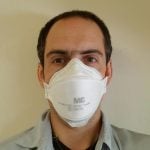
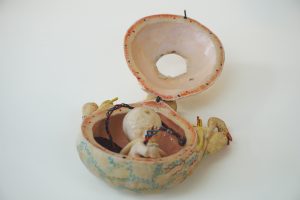
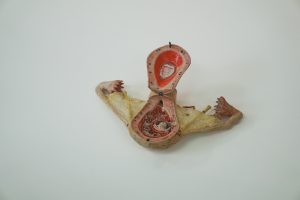
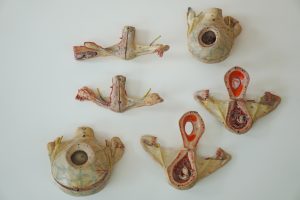
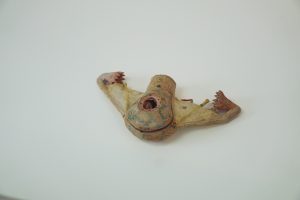
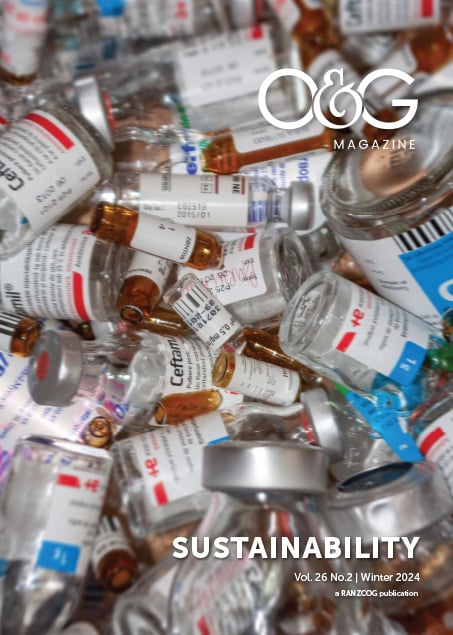


Leave a Reply